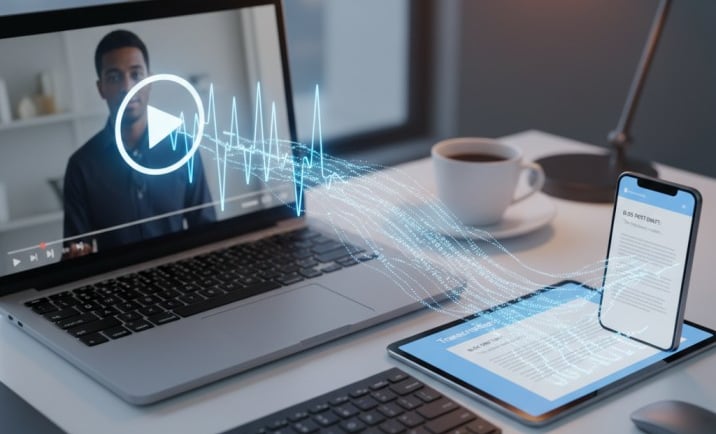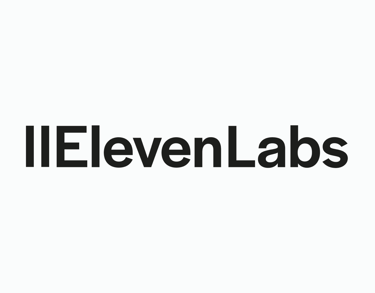

Accessibility and Inclusivity
Video transcripts provide critical accessibility to those who are deaf or hard of hearing, enabling more inclusive video content consumption. Transcripts also assist non-native speakers or individuals who process information better in text format, thus expanding the potential audience.
Enhanced Search Engine Optimization (SEO)
Search engines currently prioritize text content over video content due to indexing capabilities. By converting video speech to text, content creators enable their videos to better appear in search results, driving organic traffic and increasing visibility.
Content Repurposing and Efficiency
Creators and marketers can transform video transcripts into blog posts, social media updates, newsletters, and other formats, saving time and generating more value from a single piece of content. Extracting key points and quotes from transcripts can also facilitate content summarization and promotional efforts.
Legal and Documentation Purposes
Accurate video transcripts are vital for legal proceedings, interviews, meetings, and reports where detailed records of spoken content are mandatory. Transcripted videos provide a textual trail that can be archived and retrieved for future reference.
How Does Video to Text Conversion Work?
The process of converting video to text generally involves several key steps:
Audio Extraction: The audio track is separated from the video file, often in formats like MP4, AVI, or MOV, creating a stream suitable for speech analysis.
Speech Recognition: Advanced AI speech-to-text models analyze the audio to detect words and phrases. They leverage deep learning to improve accuracy by adapting to accents, background noise, and context.
Segmenting and Timestamping: The audio is broken into smaller chunks around pauses or speaker changes, with timestamps added to align text with corresponding video moments. This is crucial for subtitle synchronization.
Post-Processing: Punctuation, spelling checks, and formatting corrections are applied to make the text readable and professional. Some systems also label speakers and detect emotions or tone.


Practical Applications Across Industries
Video to text conversion finds applications across diverse fields:
· Education: Transcripts improve learning by making lectures accessible and searchable. They also aid in translation for international students.
· Content Marketing: Generating blog posts and social media captions from video content expands reach and content lifespan.
· Media and Entertainment: Subtitling and dubbing made seamless for global audiences.
· Legal and Corporate: Accurate meeting or interview transcripts ensure compliance and facilitate documentation.
· Customer Support: Transcribing video interactions helps analyze customer pain points and improve service quality.
